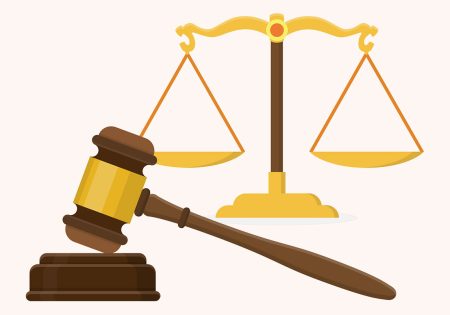Never miss a story — sign up for PLANADVISER newsletters to keep up on the latest retirement plan adviser news.
Guarding Fiduciaries and Optimizing Committees
However, as financial responsibilities have changed, so have committee dynamics, according to Nancy Gerrie, partner at McDermott Will & Emery LLP, and speaker during a session at the Plan Sponsor Council of America (PSCA) 66th Annual Conference in Scottsdale, Arizona. Gerrie said now it is best to have one committee for administration oversight and a separate committee for investment selection and oversight. If a plan sponsor does have a blended committee, each member should understand his or her role and whether they are acting in a fiduciary capacity or not.
Heath Miller, principal at Shepherd Kaplan, LLC, added that if a plan sponsor has separate committees, they must communicate and each must understand what the other is doing. Gerrie said the plan document can provide guidance for who does what.
Gerrie said she is seeing more plan sponsors setting up separate committees for claims appeals also, especially for welfare plans. She noted that the Employee Retirement Income Security Act (ERISA) emphasizes making sure reviewers are not low-level employees who can be influenced by higher-ups or who could be reviewing supervisors’ appeals. “It is good to have a separate committee, for litigation purposes,” she told conference attendees.
Sally Doubet King, partner at McGuireWoods LLP, pointed out that committee members will be carrying out both settlor functions and fiduciary functions, and it is important for them to know the difference. She explained that settlor functions include such things as plan design decisions and amending or terminating a plan. Fiduciary functions include selecting investments, making claims determinations and choosing and monitoring service providers. She suggested marking on meeting agendas whether the item being discussed or decided upon represents a fiduciary or settlor function.
According to Miller, it is also important to know the difference between functions when keeping committee minutes. It is important to document all fiduciary decisions, and the person may leave out details if they do not know what is being discussed is a fiduciary function, he contended.
Gerrie said it is important to train committee members about their fiduciary liabilities, if not every year, then every couple of years and when a new committee member is added.
Doubet King noted that the Department of Labor (DOL) asks during a plan audit about the committee structure and roles, and whether the committee meets regularly. Miller added that plan documents must include a named fiduciary, and if that is the company, regulators and the courts interpret that as the benefits committee. Committees should have a charter that specifies such things as whether the committee can delegate authority and what to do if a committee member leaves. Committees will be held to an expert standard, so they must hire help if members are not experts at certain functions.
According to Gerrie, when choosing committee members, a plan sponsor wants people with authority and knowledgeable enough to make decisions, that can recognize when it is necessary to hire someone to help, and committed enough to show up to meetings.
She also suggested committees keep separate minutes for each plan, so they don’t share too much information if one plan is audited. Miller said that also helps committee members think of plans separately, so they don’t make similar decisions for multiple plans that may not be relevant for one.
In meetings, committees should not leave any issue hanging, even if that means deferring to another time or another person or committee, Gerrie warned.
You Might Also Like:

Retirement Security Proposal Addresses ‘Significant Gaps,’ EBSA Official Says

10 Questions for Advisers To Ask When Brand Building

ERISA Complaint Against AT&T Returned for Review by Appeals Court
« Higher Ed. Institutions See Benefits of Sole 403(b) Provider